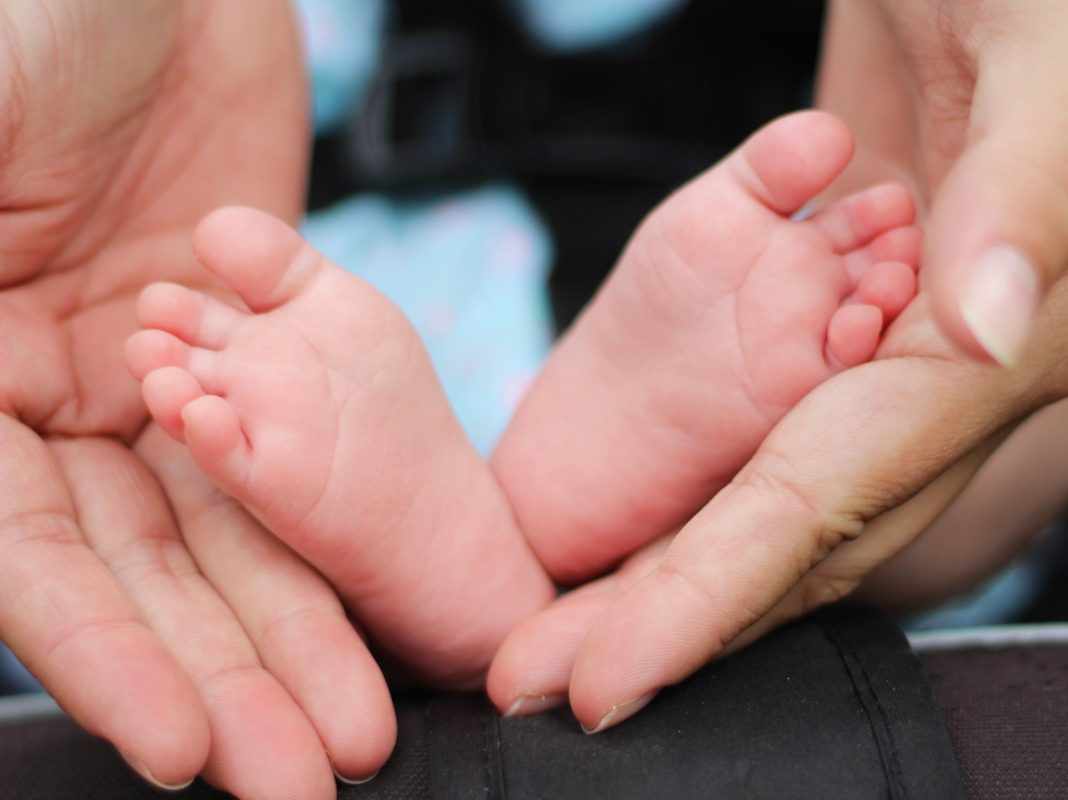Nails take a beating, so it’s important to teach your child how to care for them. Teaching your child the following tips from dermatologists can help your child develop healthy nail-care habits. Let’s take a look with CB1 Cambridge Nails:
1. Keep nails trimmed. Short nails stay cleaner and break less often.
Dermatologists recommend that an adult trim a child’s nails until the child is about 9 or 10 years old. At about that age, children can trim their own nails if they feel comfortable doing so.
How to trim fingernails and toenails
When your child is ready to trim his or her own nails, you should teach your child the following:
- Trim nails after taking a bath or shower. Nails are softer then, so trimming is easier.
- Use a nail clipper or nail scissors to trim nails.
- Cut fingernails almost straight across. Round a little at the corners to keep the nails strong.
- Cut toenails straight across. This reduces the chance of getting an ingrown nail.
- Smooth rough edges with a nail file or emery board. Always pull the file across the nail in the same direction. Filing back and forth can weaken nails.
- Leave the cuticles alone. Cuticles protect the nail root, so it’s best to not cut or push back the cuticles.
2. Dry the hands well.Teaching children to dry their hands well is important. If nails stay wet for a while, a nail infection can develop.
3. Rub lotion on the fingernails. Nails need moisturizing to keep them flexible. The best time to apply lotion is immediately after washing the hands and after taking a bath or shower. This is especially important when the air is dry. Dry nails split more easily.
4. Limit the use of nail-polish remover to twice a month. Nail-polish remover is extremely drying. Try to find a remover without acetone, which is especially hard on the nails.
5. Eat foods that contain plenty of protein and vitamin B7 (also called biotin). Meat, fish, milk, walnuts, almonds, and eggs are rich in protein and vitamin B7. These foods help to keep nails healthy and strong.
6. Take care of hangnails right away — and the right way. Chewing or tearing off that hanging bit of skin can cause an infection. To take care of a hangnail, dermatologists recommend:
- Wash your hands well with soap and water.
- Use a nail clipper or nail scissors to cut off the hanging bit of skin.
7. Prevent toenail problems with good nail care. Just because toenails are often out of sight does not mean they should be out of mind. Following these dermatologists’ tips can help keep toenails healthy:
- When buying shoes, leave wiggle room for toes. Your child’s shoes should have plenty of room for toes. Cramped toes can lead to painful ingrown toenails.
- Change socks daily. Clean socks help safeguard foot health. Dirty socks can lead to toenail infections.
- Wear flip-flops rather than going barefoot in public places. Walking barefoot in public places can lead to a toenail infection, athlete’s foot, or plantar warts. Protect your feet by wearing flip-flops or shower sandals in public places, such as beaches, pools, locker rooms, camps, and hotel bathrooms (including showers and tubs).
8. Check your nails. Children’s nails are usually healthy, but teaching them to check their nails at a young age develops a healthy habit. Checking nails is important because the first sign of health problem can show up in a nail. These signs include a dark streak and a nail that starts to crumble and fall off. If either happens, it’s time to see a dermatologist.
Source AAD org
CB1 Cambridge Nails – The best nails and beauty salon in Burliegh Street, Cambridge



